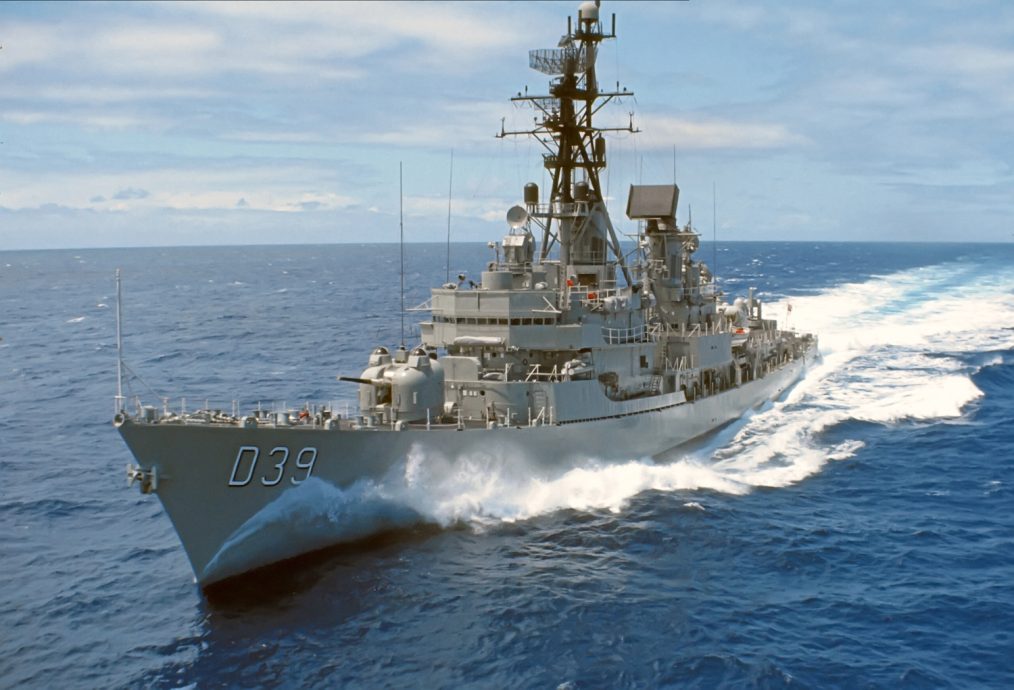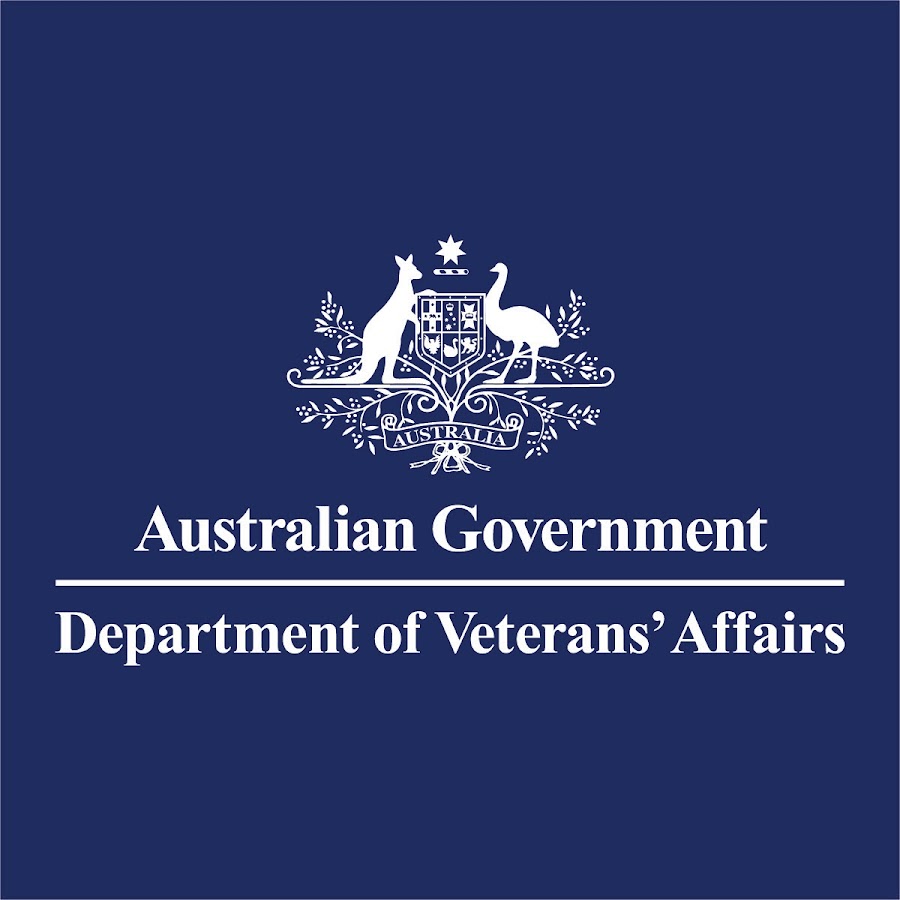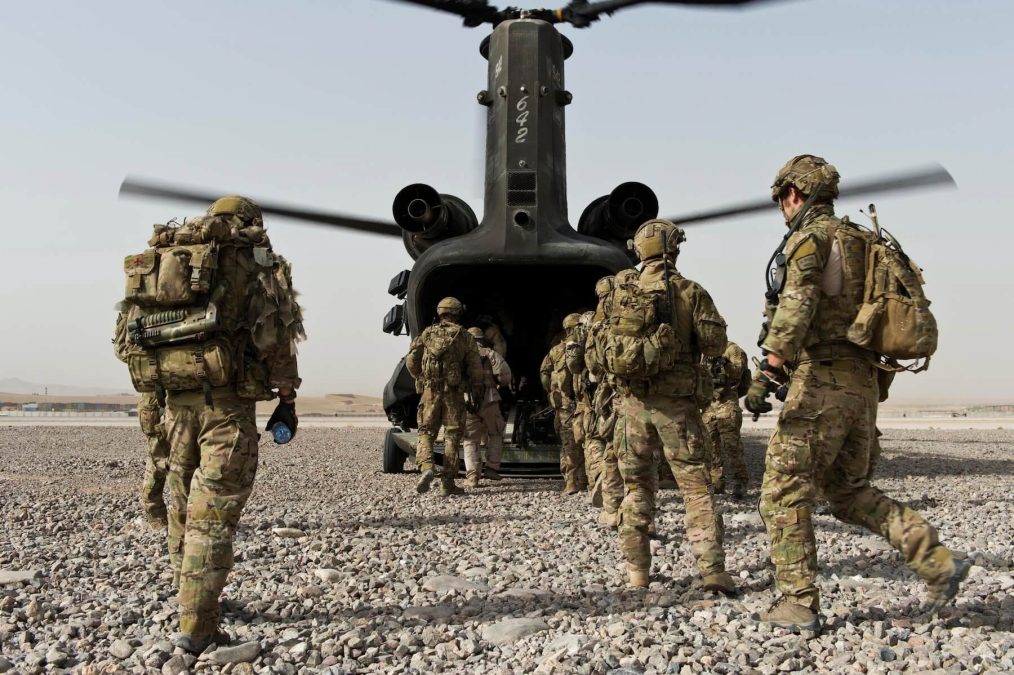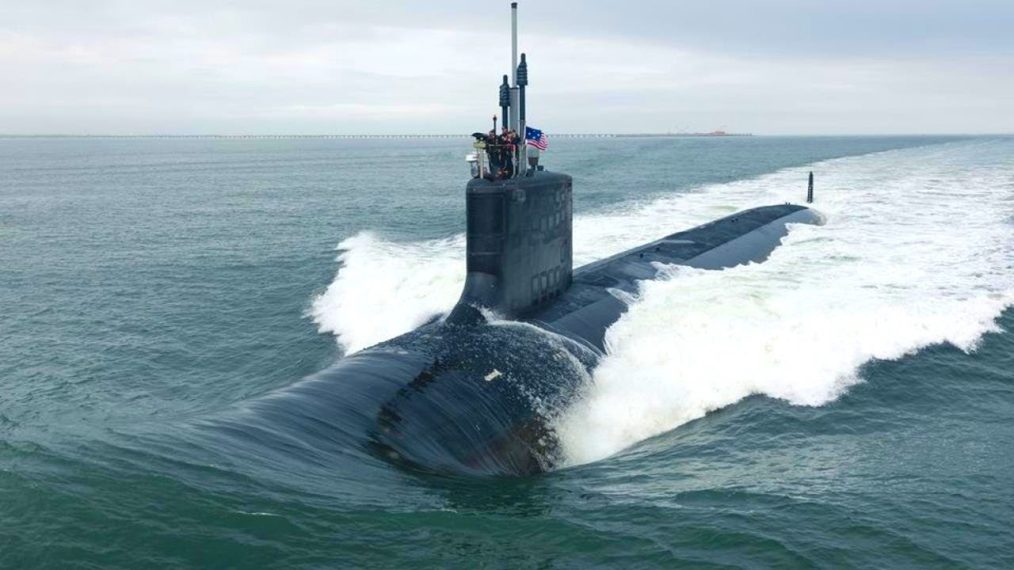Defence Release
Brigadier Troy Francis has been appointed commandant of the Australian Defence Force Academy (ADFA) for the next three years.
With a Defence career spanning 30 years in Army, Brigadier Francis said he was honoured to lead an institution he always wanted to be involved with.
“Being able to come here, interact with and mentor the ADF’s trainee officer cohort will be a career highlight for me,” Brigadier Francis said.
Inspired by his father, who served in Army, Brigadier Francis completed his officer training at the Royal Military College – Duntroon in 1995, before being posted to the 2nd Combat Engineer Regiment in Brisbane.
With a broad range of tactical and strategic experience, Brigadier Francis has performed multiple roles in Australia and overseas.
“I’ve been involved in individual soldier training through Army promotion courses, conducted joint strategic military planning and personnel policy development,” he said.
“I’ve also been part of strategic intelligence collection and exploitation, served on operations, been heavily involved with international engagement, and more recently worked in workforce modernisation and design, and career management.”
‘Our trainee officers must have the best opportunities and conditions to serve our nation and lead our sailors, soldiers and aviators in war. Each of us has a responsibility to make every day count.’
Brigadier Francis has also served in multiple roles in the United States, including at the US National Geospatial-Intelligence Agency and the Pentagon in Washington DC, where he was appointed Division Chief in the Coalition Strategy Division, where he led a cross-functional team countering violent extremism.
Previous roles include sub-unit command of the 6th Engineer Support Regiment in Brisbane; Commanding Officer of the Warrant Officer and Non-Commissioned Officer Academy; and Deputy Director of Global Operations for the Afghanistan and Pakistan desk in the Military Strategic Commitments Branch.
He also served in senior roles within the Directorate of Soldier Career Management Army, and the Army Capability Branch and Army G1 after his promotion to Brigadier in 2022. Most recently, Brigadier Francis was the inaugural Director General of the Military Personnel Branch in the new Military Personnel Organisation.
Brigadier Francis said every member of ADFA had been selected to attend the academy and should be a leader and role model for their peers, through leading by example.
“They should not only promote their own leadership, but inculcate a sense of duty, loyalty and service to our nation,” Brigadier Francis said.
“Lastly, we know from the National Defence Strategy that warning time is a thing of the past. From my point of view, we must make the most of every day and take every opportunity to grow our next generation of ADF leaders.
“We must maximise every opportunity to achieve the highest levels of professional expertise essential in high-end conflict. Our trainee officers must have the best opportunities and conditions to serve our nation and lead our sailors, soldiers and aviators in war. Each of us has a responsibility to make every day count.”










